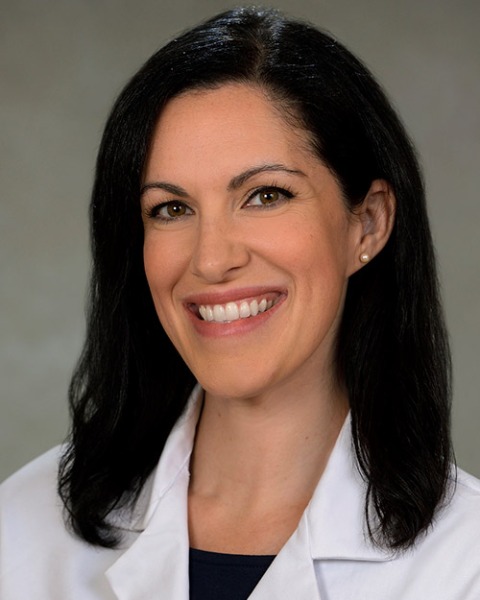Obstetric Quality and Safety
Poster Session 4
(1047) The Role of Incorporating MFM Physicians onto Labor and Delivery in Reducing Maternal Morbidity

Adina R. Kern-Goldberger, MD, MPH, MSCE
Assistant Professor, Maternal-Fetal Medicine
Cleveland Clinic Lerner College of Medicine
Cleveland, OH, United States- MA
Megan Ansbro, MD, PhD
Cleveland Clinic
Cleveland, OH, United States 
Cara D. Dolin, MD, MPH
Assistant Professor of Obstetrics and Gynecology
Cleveland Clinic
Pepper Pike, OH, United States- EC
Edward Chien, MD
Cleveland Clinic
Lakewood, OH, United States 
Justin R. Lappen, MD
Division Director - Maternal Fetal Medicine Associate Professor - Obstetrics/Gynecology and Reproductive Biology Cleveland Clinic Lerner College of Medicine, Case Western Reserve University
Cleveland Clinic Foundation
Cleveland, OH, United States
Primary & Presenting Author(s)
Coauthor(s)
With expertise in complex deliveries, maternal-fetal disease, and obstetric emergencies, MFM physicians can contribute meaningfully to labor and delivery (L&D) care. There is variability in the role of MFM physicians on delivery units. This study evaluated the impact on severe maternal morbidity (SMM) of a health system change to add an MFM physician to the L&D team.
Study Design:
This is a retrospective cohort study of all deliveries > 20 weeks from 1/1/2018-12/31/2022 at 2 academic hospitals in a large health system. Both hospitals previously had consultative-only MFM involvement on L&D, but added an MFM attending to the L&D team 4/2021. Patient-level clinical data were extracted from the medical record and compared pre/post. The only other systemic change during this time was adoption of a hypertension care bundle, so a planned sensitivity analysis excluding patients with chronic hypertension/preeclampsia was conducted. The primary outcome was SMM without transfusion (Table). Multivariable logistic regression was used to evaluate SMM pre- and post-MFM presence on L&D.
Results:
There were 31,680 deliveries in the pre-MFM period and 21,292 in the post-period with no differences in patient characteristics across period including race/ethnicity, insurance status, pregravid BMI, parity, plurality, gestational age at delivery, or mode of delivery – other than higher mean maternal age [31.9 (SD 5.3) v. 29.7 (5.6), p < 0.01] and higher OB-CMI in the post-period (Table). There were significantly decreased odds of SMM, hemorrhage, and maternal ICU admission in the post-period on adjusted analysis (Table), with similar findings excluding patients with hypertension/preeclampsia.
Conclusion:
Adding an MFM physician to L&D was associated with reduced SMM, despite increased maternal age and co-morbidities in the post-group. These findings suggest the impactful role that the perspective and knowledge of MFM physicians can have in reducing morbidity in real-time on L&D.

